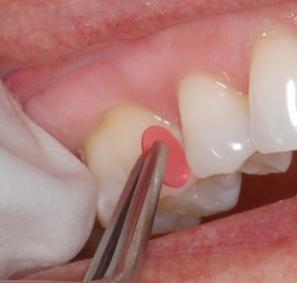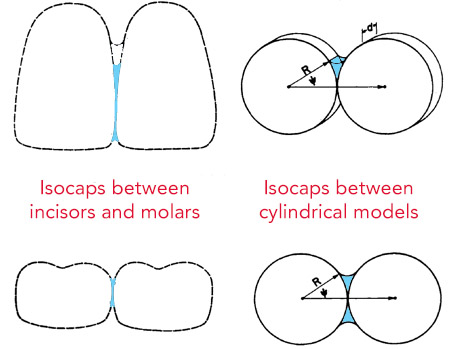
I feel very targeted right now.
It’s because I’m one of the 16% of Americans that everyone is fighting to either “guarantee insurance” for or “force insurance” upon, depending on which side of the aisle you stand.
You see, my family has Obamacare.
It’s not because we can’t afford anything else. It’s because there simply is no other major medical care available for small employers who either aren’t required to offer insurance to their employees or cannot obtain group insurance because of the size of the company. We privately purchase the exact same plan offered on the Marketplace; it’s off the exchange, though, so there are no subsidies.
Here’s the cool (mint?) reason for mentioning this on DentalBuzz. As part of a family that’s enrolled in a plan that was created due to Obamacare, I discovered by accident that there’s a way to get Listerine fluoride rinse for free.
What happened is that I was browsing through the 2017 drug formulary from my insurance company and found something called the ACA Tier. Almost every exchange-eligible plan has a No-Cost Preventive Drug List like this one from Blue Cross Blue Shield of Texas. It states in part:
Your health plan may include certain prescription and over-the-counter (OTC) preventive medicines, as a benefit of membership, at no cost to you when you use a pharmacy or doctor in your health plan’s network. There is no co-pay, deductible or coinsurance, even if your deductible or out-of-pocket maximum has not been met. Coverage for these medicines can vary according to the type of plan you are enrolled in…. Age limits, restrictions and other requirements may apply.”
So I’m going down the list and notice several entries for Listerine:
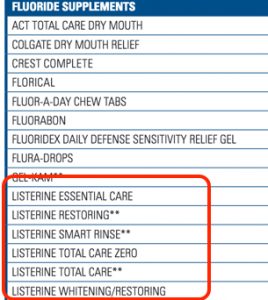
How can I get my free bottle, that’s what I said to myself when I read this. You want your free bottle too? Not so fast. All ACA-qualified plans are only required to cover fluoride for children under age 6. Which may mean that if you have children enrolled in Obamacare and they’re preschoolers, all you may have to do is to take your child’s bottle of Listerine up to the pharmacy window, present the insurance card, and they’re supposed to zero out the expense for you. I called my insurance company and this is what they stated. You’ll need to check your own benefit booklet first, though, because some plans only cover fluoride in other forms.
As a dental hygienist and mom, though, what’s a little perplexing is trying to figure out the label directions. We’ll go after this bottle of Listerine Smart Rinse, cause it’s cute and tough all at the same time.
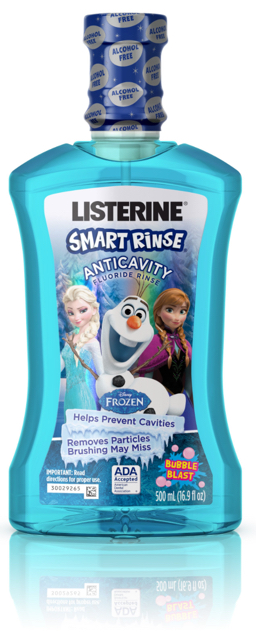 Toddler-friendly? Check again.
Toddler-friendly? Check again.

There is a huge disconnect between the FDA and the ACA, and it shows on this label! The Food and Drug Administration says you shouldn’t give it to children under six without consulting a dentist or doctor, but the Affordable Care Act pays for its use only for children that age.
Anyway, we all realize that healthcare in the United States is a work in progress. In other words, it’s a mess, right? And most of us are very much out of our element when we’re trying to figure out what’s covered and what’s not. Did you know that even most dentists and hygienists are clueless about fluoride benefits and the ACA? The only reason that I know anything myself is because I did a bit of sleuthing, found a lot of the Obamacare plans in each state, read their Preventive Drug lists, and then compiled the research. Sure, this article starts off with a little Listerine click-bait (hah! Social Marketing 101 – make ’em look!) but I do want to offer some important education, too. Here goes.
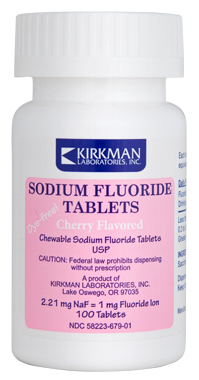 • What do all ACA-qualified plans have in common with each other? At the very least, every insurance policy must include fluoride supplementation at no cost for children under age 5. Supplements are recommended mostly in areas where the fluoride level in water supplies are inadequate, and age five and below is the time frame when teeth can be protected most by the ingestion of fluoride. The supplements can be in the form of drops, chewable tablets, or as combination vitamins. All fluoride supplements require a prescription, either from a dentist or a physician’s office.
• What do all ACA-qualified plans have in common with each other? At the very least, every insurance policy must include fluoride supplementation at no cost for children under age 5. Supplements are recommended mostly in areas where the fluoride level in water supplies are inadequate, and age five and below is the time frame when teeth can be protected most by the ingestion of fluoride. The supplements can be in the form of drops, chewable tablets, or as combination vitamins. All fluoride supplements require a prescription, either from a dentist or a physician’s office.
• Many health plans also pay for the in-office topical application of fluoride varnish. This is covered by the medical side of the plan, not the dental benefit, so you should either be savvy with using the medical code (CPT 99188) or leave it in the pediatricians’ sticky hands. Haha, sticky hands. If you’ve ever worked with fluoride varnish, it sticks to evvvverrrrry thing if you’re not careful. But hey, it’s why varnish can give up to six months of cavity protection, too. Some plans cover fluoride varnish applications as an unlimited benefit, however, I found that most plans pay for no more than two applications per calendar year.
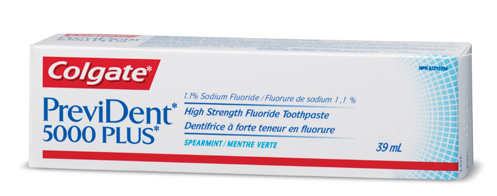
• Some of the plans reviewed include prescribed and/or over the counter (OTC) topical fluoride gels, pastes, and rinses, such as the previously mentioned Listerine Fluoride, Act Rinse, Prevident, Fluoridex, Gel-Kam, Clinpro 5000, Phos-Flur, Omni Gel and others. A few of the plans even list brand-name toothpastes, although I wouldn’t count on those getting covered.
Although I reviewed somewhere in the range of 50-100 healthcare plans available, I can’t tell you specifically which fluoride products are covered by, say, Cigna versus Aetna, because they vary so much between states. You’ll have to read your plan, or better yet, call your insurance company. Be sure to share what you discover with your dentist, hygienist, or physician, so they can help your kids get the fluoride prevention that you’ve already pre-paid for.
Because, let’s face it, pre-payment is what preventive healthcare insurance is, anyways. You only “pay an ounce” for prevention, after all, so you should get at least that much back. Especially when a pound – 16 fluid ounces – of Listerine fluoride costs your insurance company only five bucks.
It sure beats the bill for a pound of actual cure.
![]()

Trish Walraven, RDH, BS is a dental hygienist from the Dallas/Fort Worth area who cropped out her lovely daughter in this photo because it’s very, very obvious that she’s older than five. She didn’t want the Obamacare Police to have anything on her if she did show up at the pharmacy begging for her “free” bottle of bubble-gum fluoride rinse.
References and resources
United States Census Bureau, Health Insurance Coverage in the United States: 2015 https://www.census.gov/library/publications/2016/demo/p60-257.html
Aetna Health Care Reform Preventive Care Drug List: https://www.aetna.com/content/dam/aetna/pdfs/formulary/2016_HCR_Preventive.pdf
American Academy of Pediatrics – Oral Health Coding Fact Sheet for Primary Care Physicians: https://www.aap.org/en-us/Documents/coding_factsheet_oral_health.pdf
Science-Based Medicine. Preventing Tooth Decay in Kids: Fluoride and the Role of Non-Dentist Health Care Providers https://sciencebasedmedicine.org/preventing-tooth-decay-in-kids-fluoride-and-the-role-of-non-dentist-health-care-providers/
Kaiser Family Foundation. Health Insurance Coverage of the Total Population: http://kff.org/other/state-indicator/total-population/?currentTimeframe=0
United Healthcare. Topical Fluoride Treatment Dental Clinical Policy: https://www.unitedhealthcareonline.comTopical%20Fluoride.pdf
Humana Pharmacy Solutions. $0 Preventive Medication Coverage: http://apps.humana.com/marketing/documents.asp?file=2838979
Kaiser Permanente. Preventive Services Flier: http://apps.humana.com/marketing/documents.asp?file=2838979
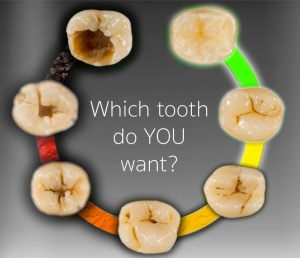
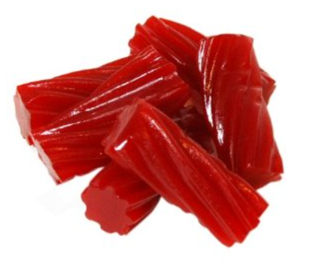

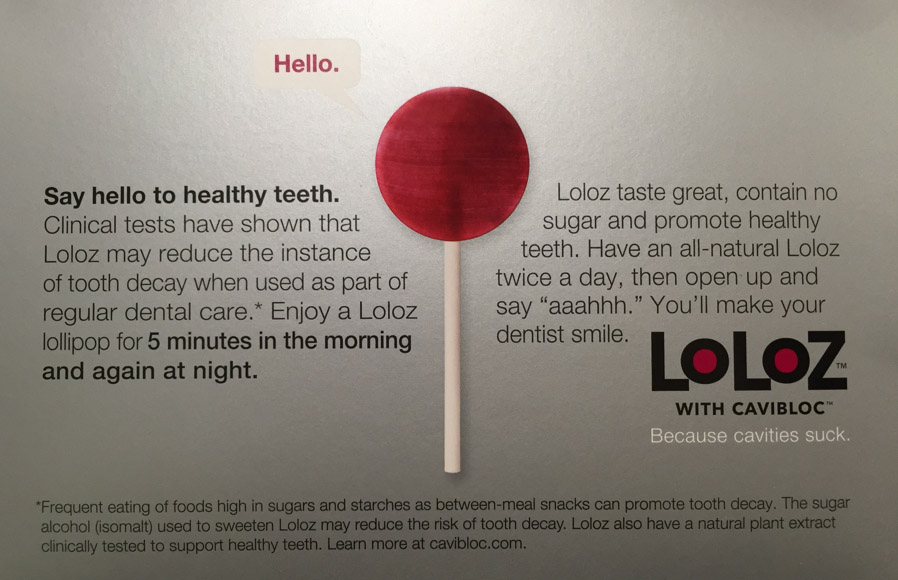
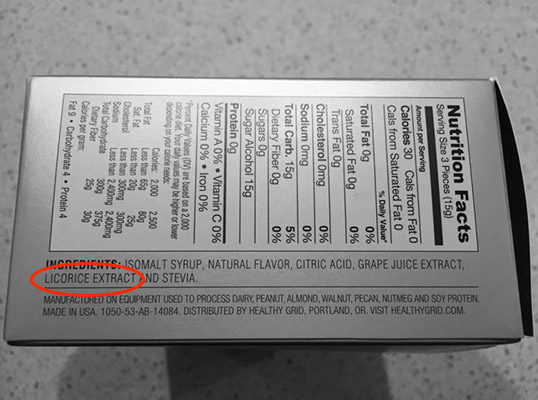
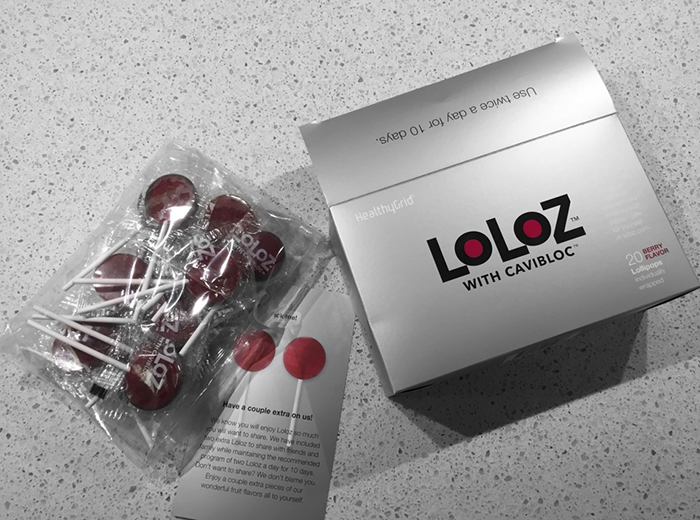


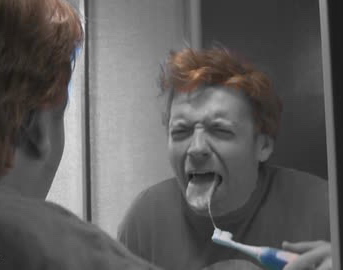
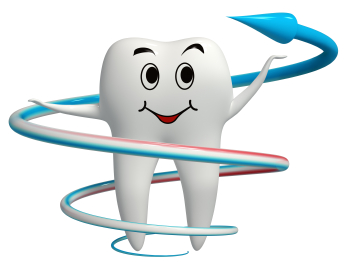
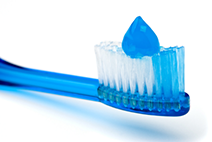
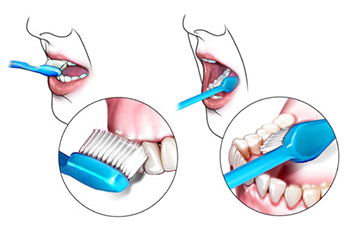



 A blogger since 1997, Trish Walraven, RDH, BSDH is a practicing dental hygienist and marketing manager for an indie dental software development company. Her mission with DentalBuzz is to offer a fresh podium of discourse for those involved in dentistry and to expose fun in our professional lives.
A blogger since 1997, Trish Walraven, RDH, BSDH is a practicing dental hygienist and marketing manager for an indie dental software development company. Her mission with DentalBuzz is to offer a fresh podium of discourse for those involved in dentistry and to expose fun in our professional lives.